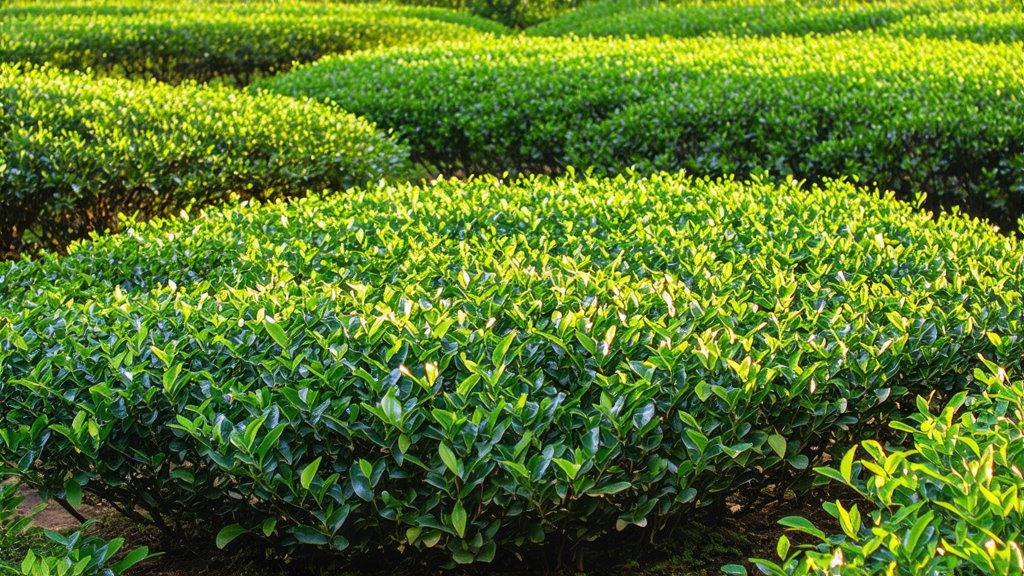
Bai Mu Dan, a revered variety of Chinese white tea, stands as a testament to the artistry and tradition embedded within the heart of Fujian Province's tea culture. This exquisite tea, also known as "White Peony," has captivated tea enthusiasts worldwide with its unique flavor profile, delicate appearance, and numerous health benefits. In this exploration, we delve into the rich history, varieties, meticulous production process, and the art of appreciating Bai Mu Dan.
History and Heritage
The origins of Bai Mu Dan can be traced back to the early Qing Dynasty, around the 1796-1820 period, making it one of the oldest styles of white tea. Its name, translating to "White Peony," was inspired by the resemblance of its downy buds and leaves to the elegant petals of a peony flower. Hailing from Fuding County in Fujian Province, Bai Mu Dan quickly gained popularity due to its refreshing taste and the simplicity of its processing method, which preserves the natural essence of the tea plant.
Varieties and Classification
Bai Mu Dan is primarily categorized into two grades based on the proportion of buds to leaves:
- Grade I (Silver Needle Tip): This premium grade consists entirely of young tea buds, devoid of any leaves. It boasts a more refined flavor, with subtle sweetness and a hint of floral aroma.
- Grade II (Peony King): This grade includes both buds and one or two leaves, offering a fuller body and a balance between sweetness and umami flavors.
Both grades share the characteristic minimal processing that defines white teas, ensuring their purity and preserving their inherent qualities.
The Art of Crafting Bai Mu Dan
The production of Bai Mu Dan is an intricate dance between nature and human skill, involving several key steps:
-
Withering: Freshly harvested tea leaves and buds are spread out thinly under the sun or in a well-ventilated room to wilt gradually. This process reduces moisture content while initiating enzymatic activity that contributes to the tea's unique flavor.
-
Drying: After withering, the leaves undergo a gentle drying process, either through sun exposure or low-temperature oven drying. This step halts oxidation and fixes the tea's flavor profile.
-
Sorting and Grading: Once dried, the tea is carefully sorted to separate buds from leaves, allowing for the classification into different grades based on the ratio of buds to leaves.
-
Aging (Optional): While Bai Mu Dan is often enjoyed fresh, some connoisseurs prefer aged versions, which develop deeper, more complex flavors over time.
Appreciating Bai Mu Dan: A Sensory Experience
To truly appreciate Bai Mu Dan, one must engage all senses in a mindful tea ceremony:
-
Visual Appreciation: Observe the dry leaves—a harmonious blend of silver-white buds and greenish leaves. Upon steeping, they unfurl gracefully, revealing their natural beauty.
-
Aroma: Before tasting, inhale deeply to catch the subtle fragrance. Bai Mu Dan exudes a delicate bouquet reminiscent of fresh hay, melon, and a whisper of floral undertones.
-
Tasting: Sip slowly, allowing the tea to coat your palate. Notice the initial sweetness followed by a slight vegetal note and a lingering aftertaste that speaks of its mountain origins. The mouthfeel should be smooth and velvety.
-
Aftertaste: Pay attention to the aftertaste, which should be clean, refreshing, and slightly sweet, leaving a pleasant impression long after the sip.
Health Benefits
Beyond its sensory pleasures, Bai Mu Dan is celebrated for its potential health benefits. Rich in antioxidants, particularly catechins and polyphenols, it may help combat free radicals, promoting cellular health and potentially reducing the risk of chronic diseases. Additionally, its moderate caffeine content provides a gentle energy boost without the jitteriness associated with stronger teas or coffee.
In conclusion, Bai Mu Dan embodies the elegance and sophistication of Chinese tea culture. From its storied past to its meticulous craftsmanship and the meditative practice of its consumption, every aspect invites us to slow down and savor life's simple yet profound moments. As you embark on your own journey with Bai Mu Dan, remember that each cup is not just a beverage but a connection to centuries-old traditions and the nurturing hands that have lovingly cultivated this timeless treasure.